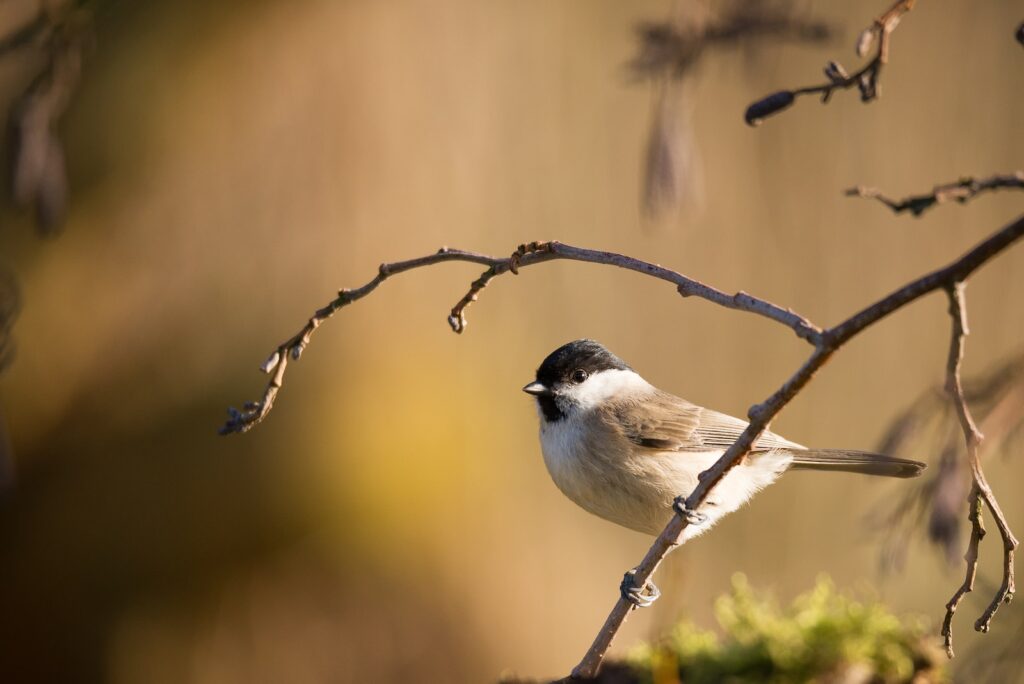Former industrial estate to be transformed into nature reserve
A former industrial estate in Greater Manchester will become a new National Nature Reserve to help preserve rare wildlife, such as the willow tit.
Named the Flashes of Wigan and Leigh, based between Manchester and Liverpool, is home to woodlands, meadows and woodlands on the former coal mine works.
The 738-hecatre site is the first nature reserve in the Greater Manchester area which has been transformed since its beginnings in the Industrial Revolution 100 years ago.
Lakes have also been created through mining subsidence which has led to wildlife reclaiming the area, such as the bittern.

Natural England Chief Executive, Marian Spain said: ‘National Nature Reserves help reconnect people with our natural world, providing much needed opportunities to explore our incredible landscape for our health and wellbeing.
‘A healthy natural environment and economic growth go hand in hand. By working together to build strong partnerships such as those we see here in the Flashes of Wigan and Leigh, we can provide space for rare species and provide vital greenspace. That will make Wigan and Leigh great places to live and great places to do business in, so helping to attract inward investment.
‘The unique wetlands in Wigan and Leigh were forged by nature reclaiming former industrial land. Today’s designation demonstrates how it is possible to reverse the decline in nature.’
The government hopes the project will not only help to revitalise wildlife in the area but will also boost sustainable tourism and recreational activities in the area, like fishing and birdwatching.
300,000 people in the local area are expected to benefit from the site, as well as the creatures that live there, including water voles and great crested newts.
The sites makes up 220 National Nature Reserves in England and is part of government ambitions to stop the decline of wildlife populations by 2030.
Photo by Vincent van Zalinge















